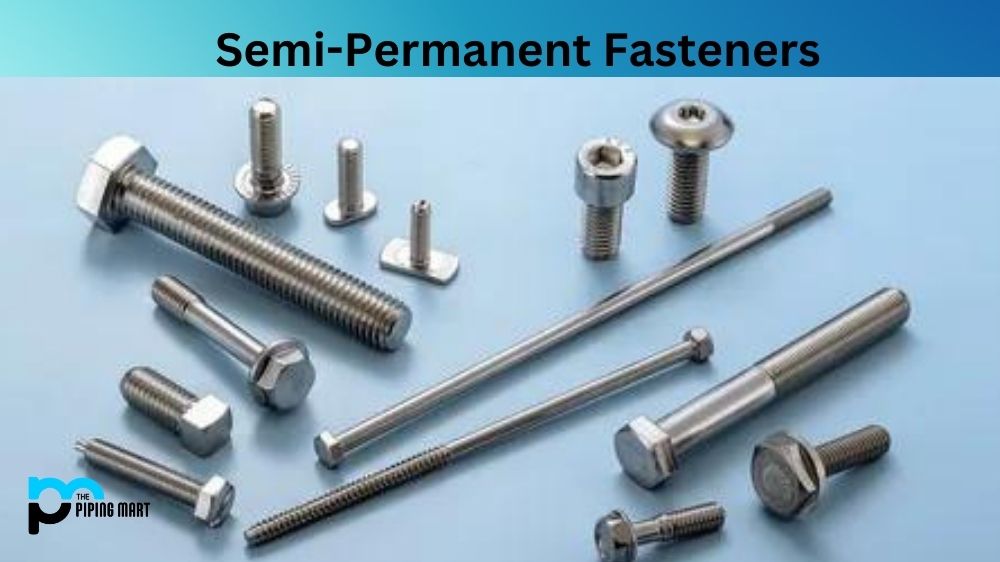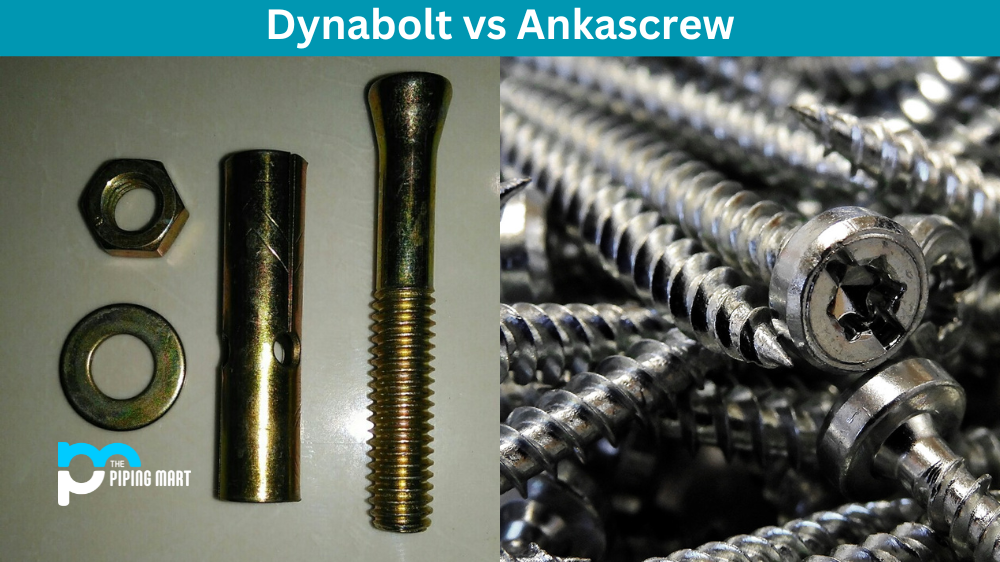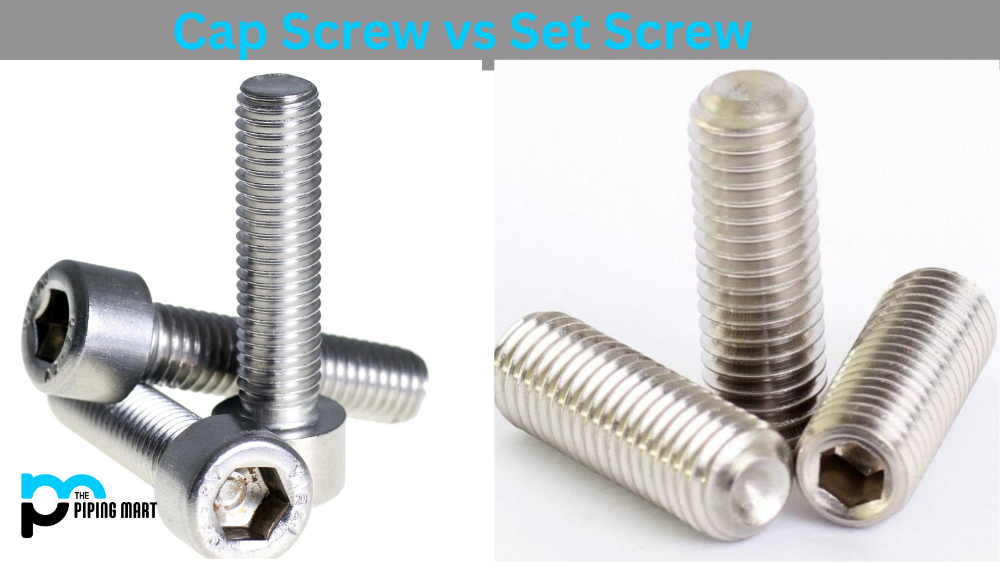The world of fasteners can be confusing, particularly when it comes to understanding the differences between the various types of fixings available. One such type of fastener you may have encountered is the semi-permanent fastener. In this article, we’ll take a closer look at what semi-permanent fasteners are, their properties, their uses and their various types.
What is Semi-Permanent Fasteners?
Semi-permanent fasteners are components used to mechanically connect two objects together. These parts do not require welding or permanent glue, but instead rely on the physical properties of the materials being joined to maintain the connection. Commonly used fastening methods include threaded bolts, locking pins, and clamps.
Properties of Semi-Permanent Fasteners:
Semi-permanent fasteners such as rivets, pins and clips have a range of properties that make them a popular choice for various applications. Firstly, they can be fitted and removed without causing damage to the parts that they are fastening together. This makes them ideal for use when permanent attachment is not required or when parts may need to be periodically inspected or replaced. Semi-permanent fasteners are also highly durable and able to withstand significant stress and vibration without degrading or coming loose.
Uses of Semi-Permanent Fasteners:
Semi-permanent fasteners can be used in various applications, but they are particularly useful in the aerospace, automotive and construction industries. For example, they may attach aircraft or car bodywork panels. They are also commonly used to attach machine components, such as motors, bearings and pumps.
Types of Semi-Permanent Fasteners:
There are several types of semi-permanent fasteners. One popular type is the split pin or cotter pin, designed to secure two pieces of material together through a pre-drilled hole. When inserted into the hole, the two prongs of the pin are bent back on themselves like a hairpin to prevent the pin from falling out. Another popular choice is the rivet, a permanent fastener form requiring a special tool to fit. The tool pulls the rivet through a pre-drilled hole, causing it to expand and create a secure fit. Other options include various types of clips and clamps.
How to Use Semi-Permanent Fasteners:
When using semi-permanent fasteners, it’s important to ensure that they are fitted correctly and securely. This may involve pre-drilling holes to the correct size and depth, ensuring that the fastener is the right size and shape, and using the correct tool to secure the fastener in place. It’s also important to ensure that the fastener is suitable for the application it is being used for – certain types of fasteners may be more appropriate depending on factors such as stress, vibration and temperature.
Conclusion:
In conclusion, semi-permanent fasteners are an important type of fastener that offers a range of benefits in various industries and applications. Their properties make them ideal for use where permanent attachment is not required or where there is a need for periodic inspection or replacement. With the various types available, choosing the right fastener for the job is important and ensuring that it is fitted securely and correctly. By doing so, you can ensure that your parts and machinery are held together in a robust and reliable way.
Sakshee is a talented blogger, with a particular focus on the Business and Metal Industry. She is passionate about sharing her insights on various metal products and helping professionals to make a better decisions.




